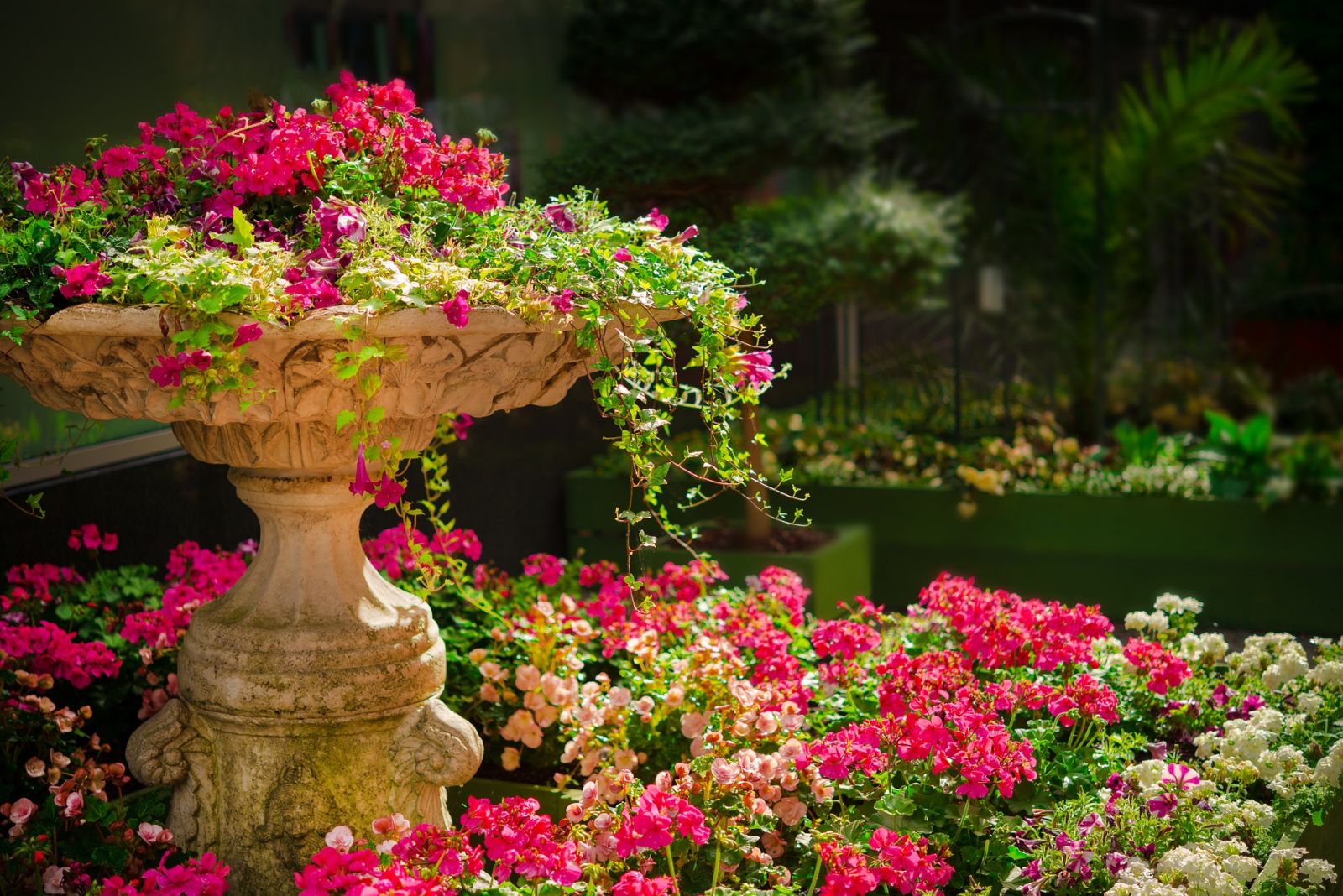Going Green in the Garden: Top 7 Trends for 2023
23-03-2023
As we approach 2023, there is an increasing demand for sustainable living and eco-friendliness, which has led to a surge in the popularity of "Going Green." For those who enjoy gardening, the good news is that there are plenty of ways to participate in this trend. In this article, we will outline the top seven trends for Going Green in the Garden that will help you create an environmentally friendly garden that is both beautiful and beneficial.

Composting
Composting is the process of turning organic waste into nutrient-rich soil. It is an easy and inexpensive way to reduce your carbon footprint while enriching your garden. By composting your kitchen scraps and yard waste, you are keeping these materials out of landfills, where they can contribute to greenhouse gas emissions. Composting also helps to improve soil quality and retain moisture, which leads to healthier plants.
Native Plants
Native plants are species that occur naturally in a particular region. By choosing native plants for your garden, you are supporting the local ecosystem and reducing the need for water and fertilizer. Native plants are well adapted to the local climate and require less maintenance than exotic plants. Additionally, they provide habitats and food for local wildlife, which can help to create a balanced ecosystem.
Rainwater Harvesting
Rainwater harvesting is the collection and storage of rainwater for later use. It is a sustainable way to irrigate your garden while reducing your water bill. Rainwater harvesting systems can range from simple rain barrels to more complex systems that store water in underground cisterns. By using rainwater instead of municipal water, you are also reducing the demand on local water sources and conserving this valuable resource.
Organic Gardening
Organic gardening is the practice of growing plants without the use of synthetic pesticides, herbicides, or fertilizers. By avoiding these chemicals, you are protecting the environment and the health of your family and pets. Organic gardening also promotes biodiversity and can lead to healthier soil and plants. Additionally, organic produce is often more flavorful and nutritious than conventionally grown produce.
Bee-Friendly Gardens
Bees are essential pollinators that play a vital role in our food system. Unfortunately, bee populations are declining due to habitat loss, pesticide use, and disease. By creating a bee-friendly garden, you are providing food and habitat for these important insects. Some ways to make your garden bee-friendly include planting native flowers, providing nesting sites, and avoiding the use of pesticides.
Vertical Gardening
Vertical gardening is the practice of growing plants vertically instead of horizontally. It is an excellent way to maximize limited space while creating a visually stunning garden. Vertical gardens can be created using a variety of structures, such as trellises, arbors, and wall-mounted planters. By using vertical gardening techniques, you are also reducing the amount of water and fertilizer needed to maintain your garden.
Permaculture
Permaculture is a design system that mimics the patterns and relationships found in nature. It is a holistic approach to gardening that emphasizes the use of renewable resources, such as sunlight and rainwater. By using permaculture principles in your garden, you are creating a sustainable ecosystem that is both productive and resilient. Permaculture techniques include companion planting, intercropping, and soil regeneration.
Conclusion
As we enter 2023, Going Green in the Garden is a trend that is here to stay. By incorporating these top seven trends into your gardening practices, you can create a beautiful and environmentally friendly garden that benefits both you and the planet. Whether you are composting, using rainwater, or planting native species, every small step makes a difference. So, get started today and join the movement towards a greener future.
